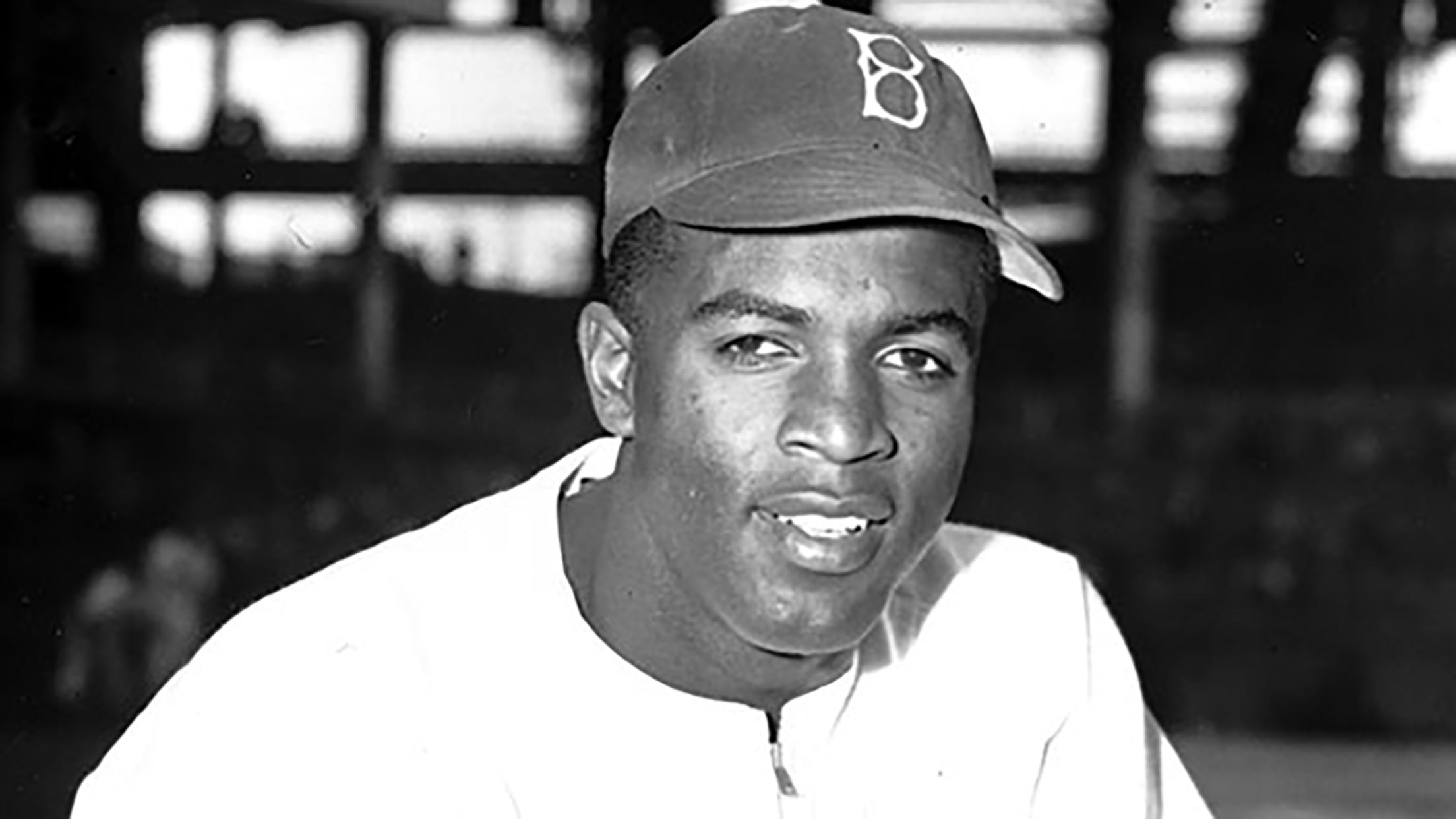The Baseball Divide

The Baseball Divide: The Color Line in Professional Baseball and the Rise of the Negro Leagues
Today it is hard to imagine relegating the best baseball players in the game to the sidelines of professional baseball simply because of skin color, but that was the reality of baseball from 1867 until 1947 when Jackie Robinson broke the color barrier in the modern baseball era. When Robinson stepped onto Ebbets Field as a Brooklyn Dodger on April 15 as a member of the Brooklyn Dodgers he forever changed the game.
To understand why the color barrier existed in baseball, one has to understand the climate of the country in 1867 when the ban unofficially became common practice in baseball.
The climate in the United States of America during the late 1860s was a fragile balance between the Northern and Southern states as the country tried to mend the fault lines of the country that came to a head during the Civil War. Fought between 1861 and 1865, one of the leading issues between the Confederacy (Southern) and Union (Northern) armies was the issue of slavery. Southern states felt that, with the 1860 election of President Abraham Lincoln who believed that there should be a ban on slavery in U.S. territories, that their constitutional rights were being violated. This feeling led to the secession (breaking away) from the United States by seven southern states with the highest slave populations and to the outbreak of war. The first state to secede was South Carolina on December 20, 1860 and between January 9 and February 1, 1861 Alabama, Mississippi, Georgia, Florida, Texas and Louisiana followed. Together these states formed the Confederate States of America and elected Jefferson Davis as their president. After war officially broke out on April 12, 1861 at Fort Sumter four more states - Virginia, Arkansas, North Carolina and Tennessee joined the Confederate States.
The Union war efforts were aided by large numbers of slaves and free black men fighting for their rights. The official beginning to the end of the Civil War happened on April 9, 1865 when General Robert E. Lee of the Confederate Army surrendered his forces to the Union's General Ulysses S. Grant at McLean House in Appomattox, Virginia.
While the war was being fought, an amendment to the Constitution was introduced to abolish slavery. The measure passed the Senate on April 8, 1864, the House on January 31, 1865 and was ratified (approved by required number of states) on December 6, 1865. The Thirteenth Amendment was officially adopted after the conclusion of the war on December 18, 1865. The Thirteenth Amendment read that "Neither slavery nor involuntary servitude, except as a punishment for crime whereof the party shall have been duly convicted, shall exist within the United States, or any places subject to their jurisdiction."
On July 9, 1868 the Fourteenth Amendment was adopted. It granted state and federal citizenship to all persons born in the United States regardless of their race, that no state could take away citizens privileges or immunities, that no person could be deprived life, liberty or property without due process of the law and that no person could be denied equal protection of the laws. The Fifteenth Amendment became law on February 3, 1870 and prohibited the federal government from denying a citizen's right to vote based upon their "race, color, or previous condition of servitude." (NOTE: The Fifteenth Amendment did not give women the right to vote. That would not take place until August 18, 1920 with the Nineteenth Amendment.)
Together these three clauses are known as the Reconstruction Amendments because they became law during what is known as the Reconstruction Era that lasted from 1863 until 1877. This was the period leading up to the end of the Civil War and the following years when the United States was trying to heal and reintegrate the states that had seceded from the country.
But despite the Union's victory and the Reconstruction Amendments, times during the Reconstruction Era and beyond were still difficult for African-Americans who continued to be governed by laws known as Black Codes that restricted their movements and place in society. These Codes, which existed prior to the Civil War, and were expanded upon by many Southern states after the war, continued to segregate society. In Southern states local and state laws known as Jim Crow laws enforced the segregation of public facilities such as schools, restrooms, transportation and restaurants.
The 1896 Plessy v. Ferguson ruling by the United States Supreme Court upheld state level racial segregation public facility laws by stating "separate but equal" was legal. This ruling stood until 1954 when the Supreme Court overturned the decision in Brown v. Board of Education.
- Explain the importance of the Reconstruction Amendments.
- What are the names and roles of significant figures in U.S. history discussed in this section?
- What Supreme Court case contributed to the notion of separate but equal?
- Why do you believe the information shared led to a climate that caused baseball to become segregated along color lines?